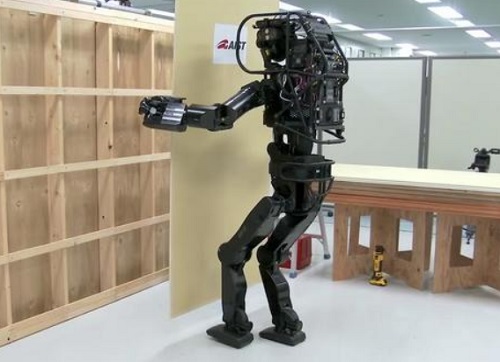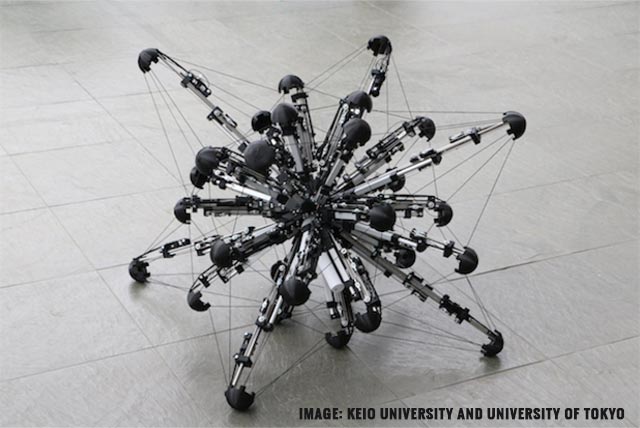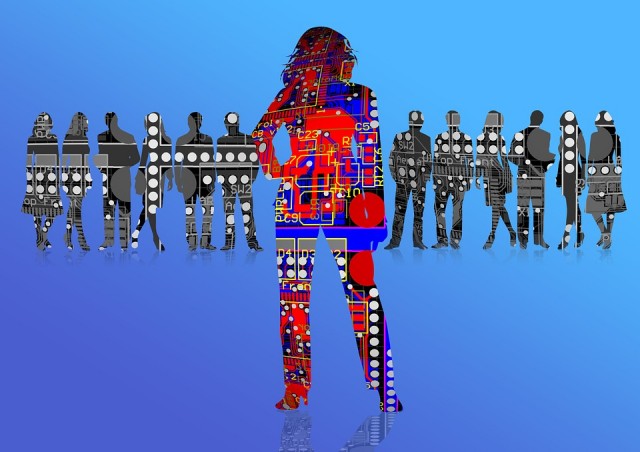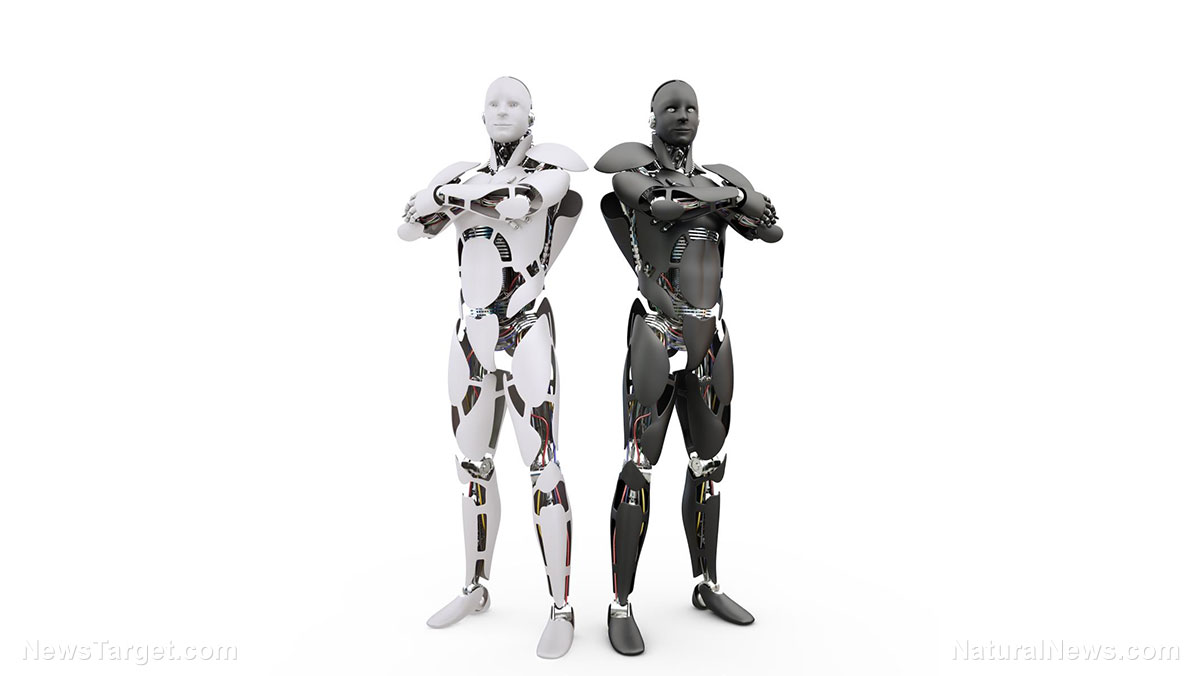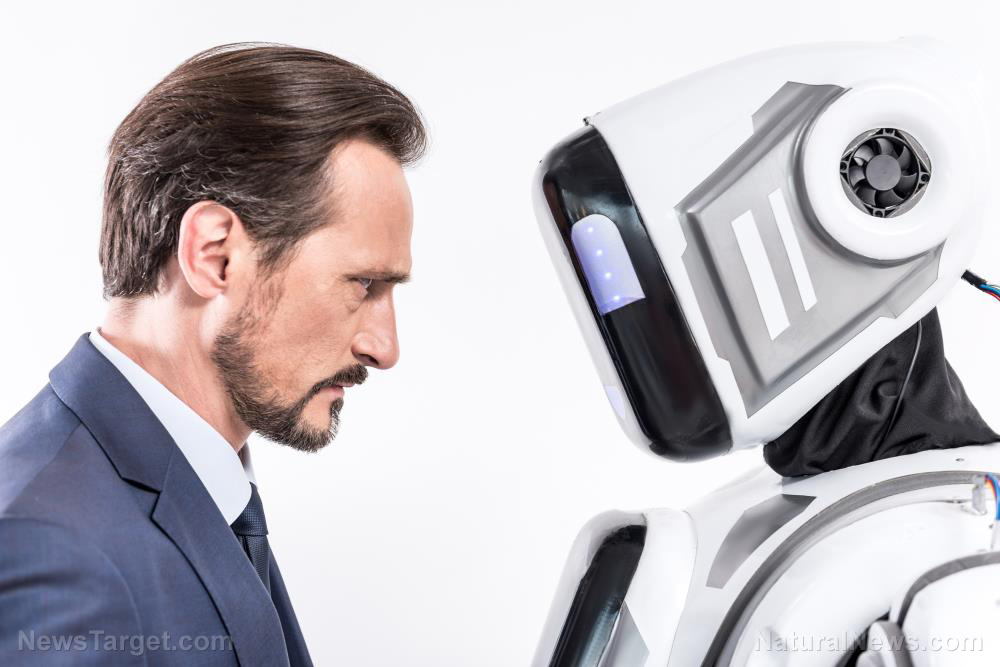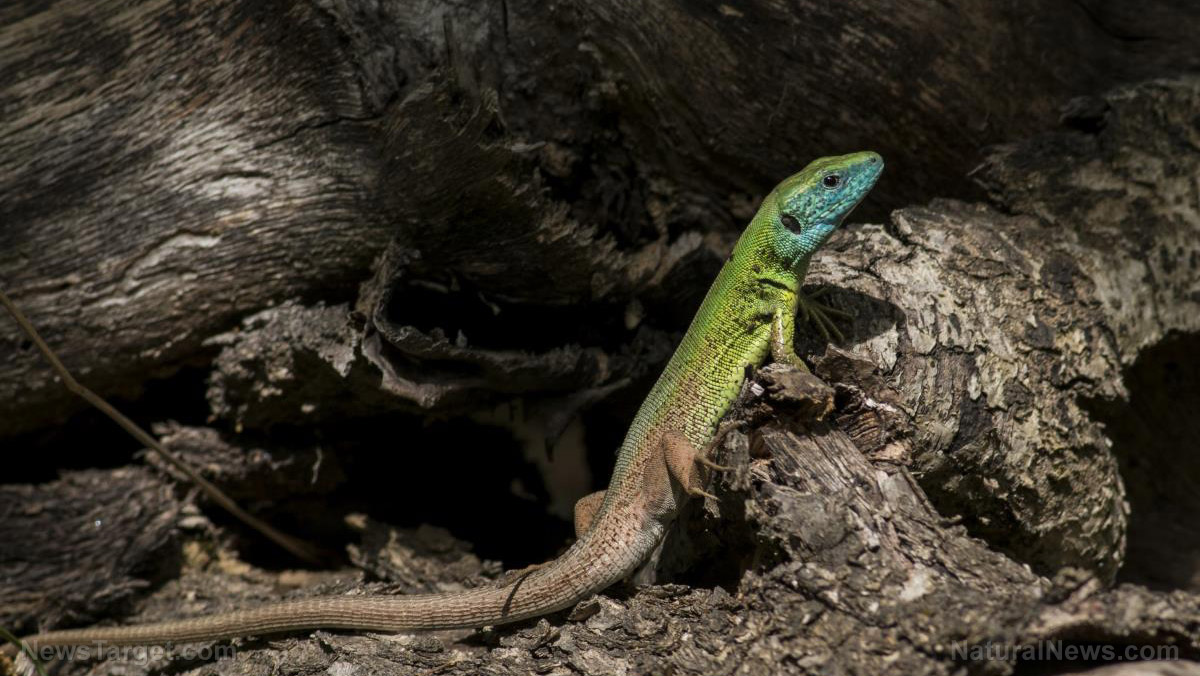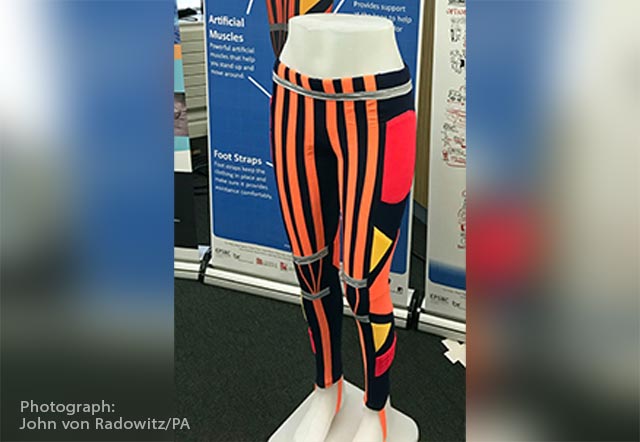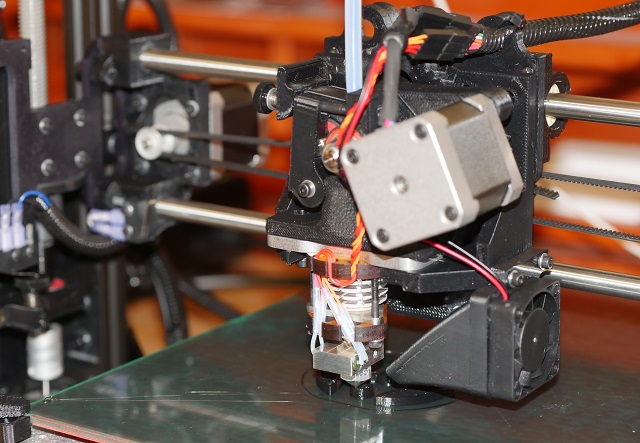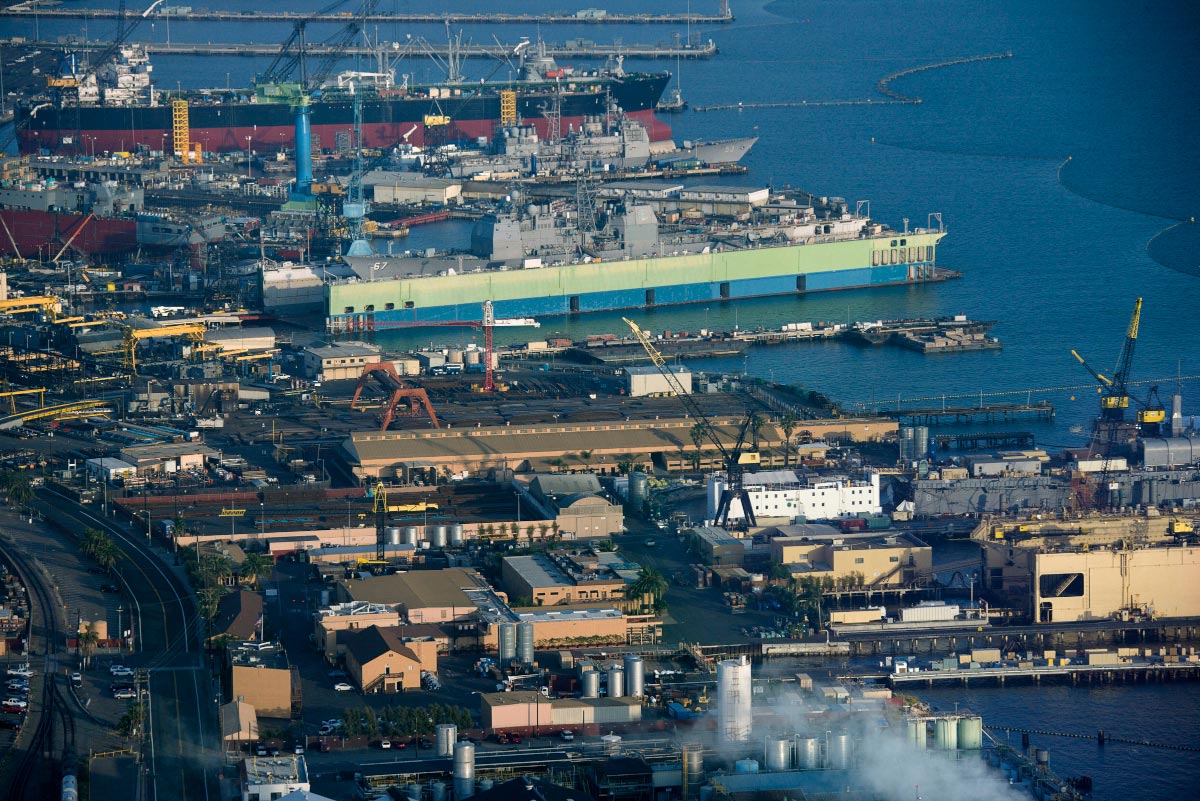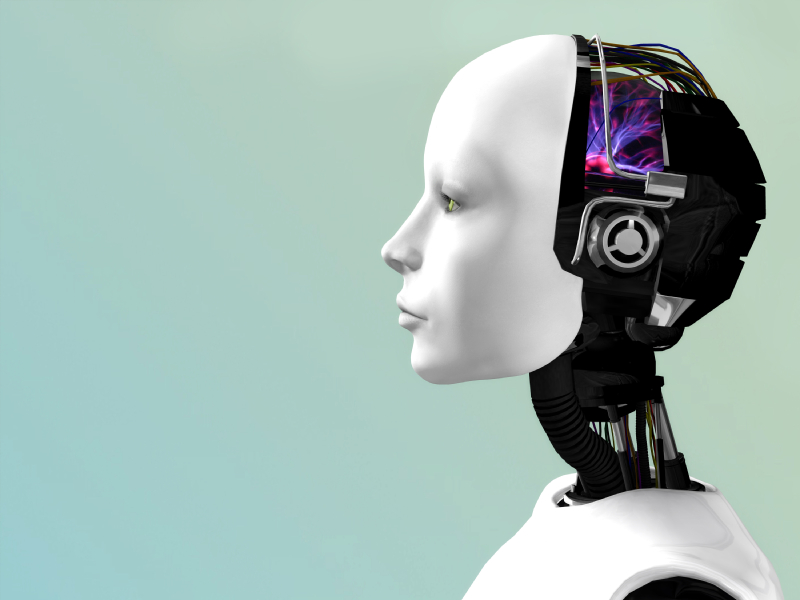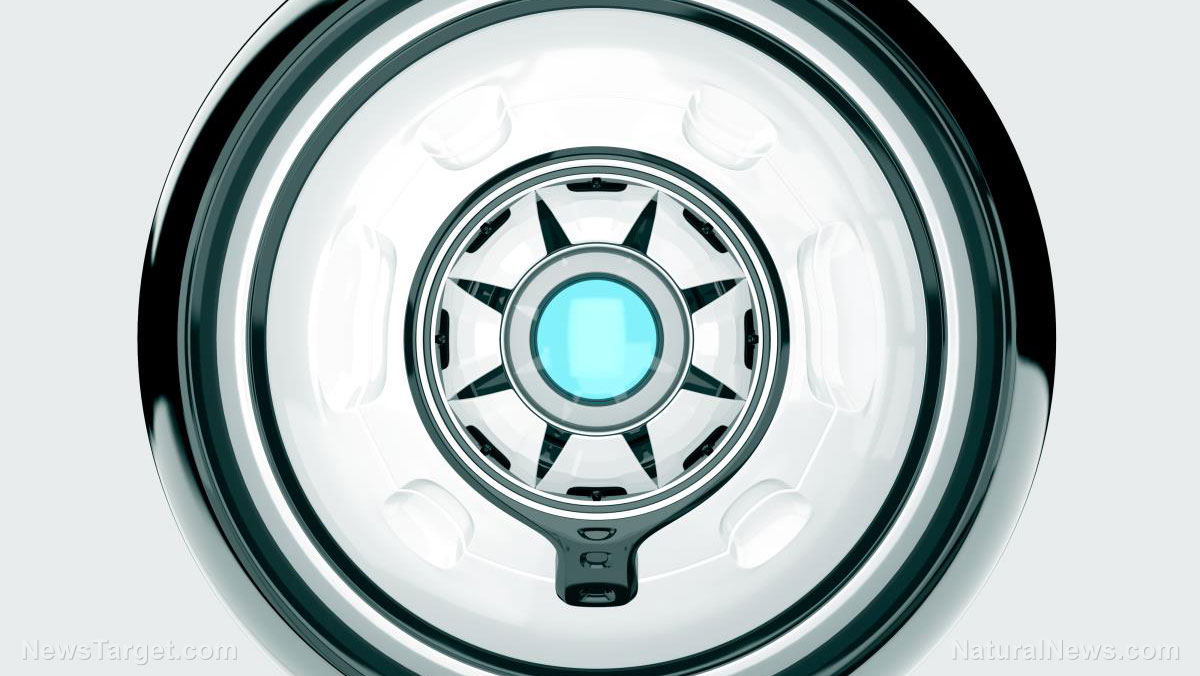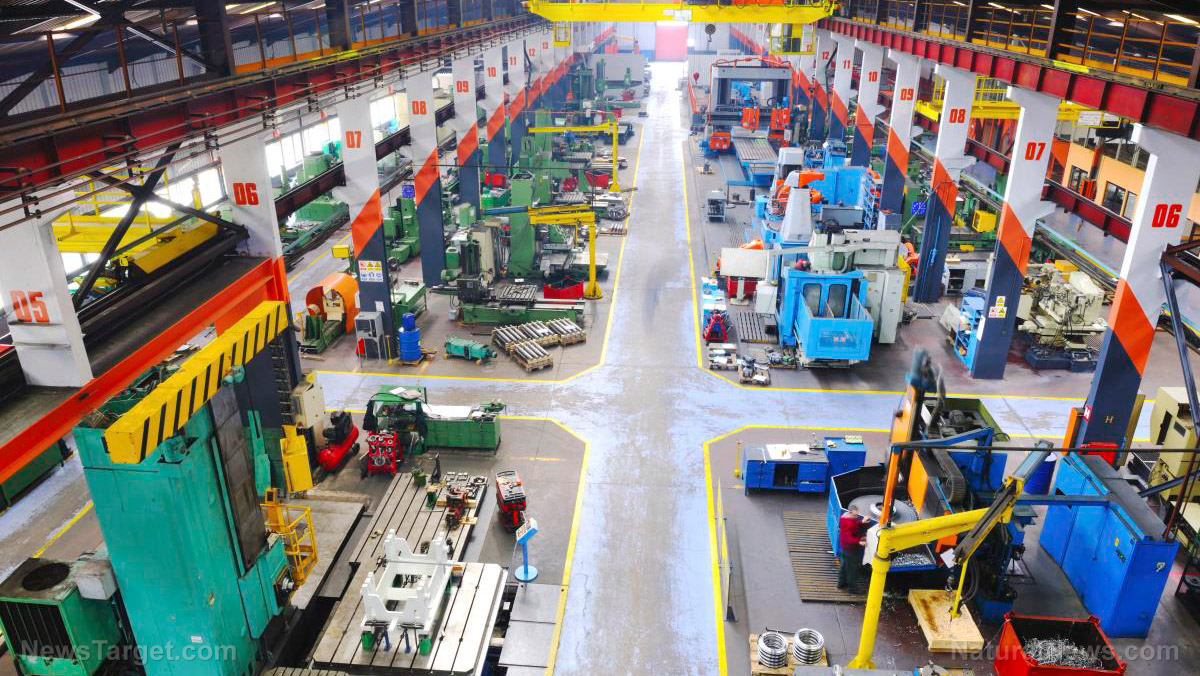Meet Centauro, a small four-legged robot that researchers say will change disaster relief efforts
10/13/2018 / By Edsel Cook
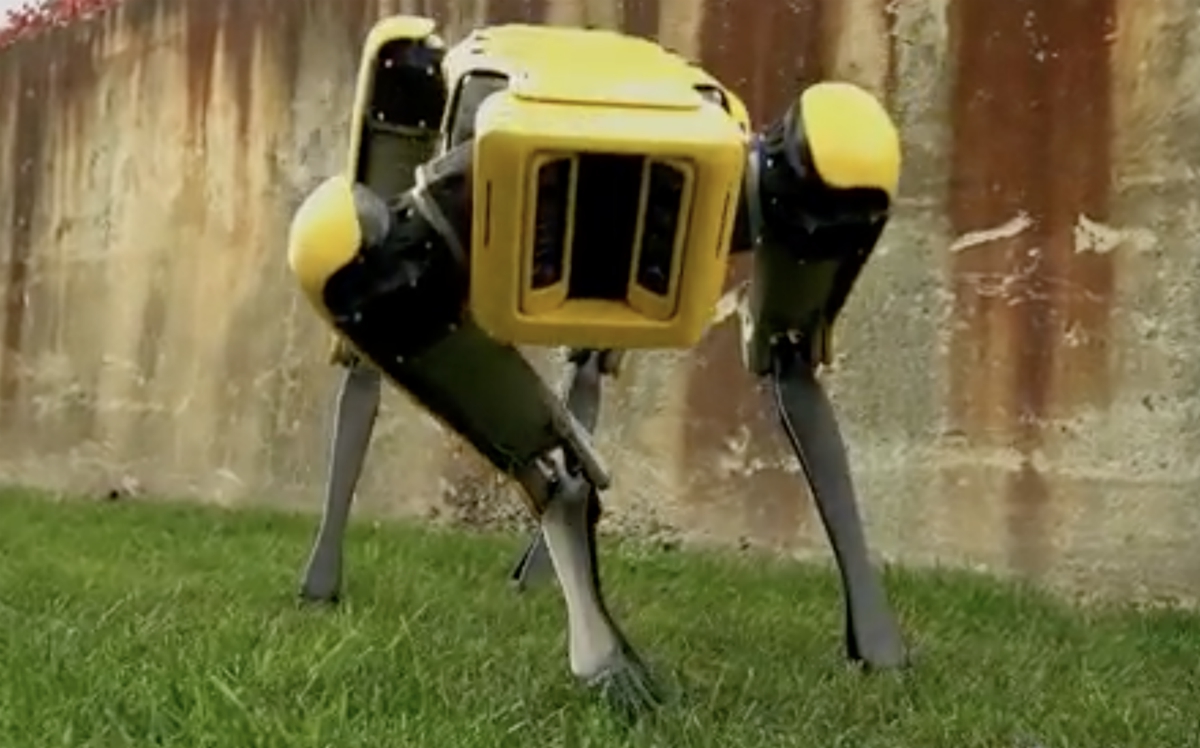
Italian researchers have created the modern-day robot version of the mythological centaur. An article in Reuters reported about Centauro, a quadrupedal robot that is intended to provide mechanical muscle to human relief workers during disasters and emergencies.
For a machine that stands close to five feet in height and weighs 200 pounds, Centauro is able to move with surprising grace. Its four legs have wheels attached to the ankles, allowing the robot to roll across smooth surfaces as easily as it can step across more rugged terrain features.
It has gripper hands for holding objects and can even use some tools intended for human use. In a video presentation, its arms can lift at least a dozen pounds of cargo with no problem. It has enough battery capacity to run for two and a half hours.
Similar to how the heads of humans host most of the sensory organs, Centauro’s head mounts various cameras, computer vision sensors, and a Lidar scanner. The information from this sensor suite is sent back to human operators, who control the robot from a safe distance. (Related: Inspired by beavers: Researchers create an autonomous robot that can overcome uneven terrain.)
The latest centaur robot from Europe will eventually get AI
The Istituto Italiano di Tecnologia (IIT) team who designed it are working to give their tele-operated robot a measure of true autonomy. Centauro already has three computers inside its body that coordinate its perception, control, and motion planning.
Once it gets actual artificial intelligence, Centauro will be tested in real-world scenarios. It will be sent into badly-damaged buildings, industrial disasters, and other areas that are too hazardous for humans to enter.
Centauro was inspired by Momaro, a centaur-like robot built by the University of Bonn (UB) for the DARPA Robotics Challenge in 2015. Momaro was the top performer among the European participants in the contest.
The German research team that designed Momaro lent their support to the multi-national CENTAURO Consortium. They coordinated with Nikos Tsagarakis, their IIT counterpart who headed the Italian research institute’s humanoid robotics laboratory. Tsagarakis helped build IIT robots like the WALK-MAN, a humanoid robot that should not be mistaken for the old Sony contraption.
It’s all in the arms and legs
Sharing the same name as their flagship robot, the CENTAURO project wanted a “human-robot symbiotic system where a human operator is telepresent with its whole body in a Centaur-like robot.” They wanted a robot with the dexterity and mobility to cross the rough terrain and harsh conditions caused by a disaster.
The legs can rotate and extend themselves at the hips, knees, and ankles, where the wheel modules are fastened in a manner akin to hooves. These six degrees of articulation allow Centauro to position its legs in ways that no horse could ever assume, such as a spider-leg configuration that gives it much greater stability when manipulating heavy payloads or powerful tools.
Meanwhile, its aluminum wheels are coated with an elastomer material. They can get traction on slippery ground and not slip or slide while traveling.
The arms are made of lightweight materials. They are stronger than those of an adult human, with a payload-to-weight ratio that exceeds 1:1 and a payload capacity of 22 pounds (11 kilograms) per individual arm. Their sturdy actuators and strong performance lets them perform rough jobs without getting damaged.
The combination of flexible legs and powerful arms will reportedly allow Centauro to perform all kinds of jobs, be it lifting large chunks of debris to free survivors from wreckage or manipulating delicate equipment in areas overrun with toxic chemicals or radiation.
Visit Robotics.news for more stories about Centauro and other upcoming rescue robots.
Sources include:
Tagged Under: autonomous robots, Centauro, disaster relief operations, disaster response robot, future tech, inventions, military technology, natural disasters, rescue, rescue robots, robot jobs, robotics, robots
